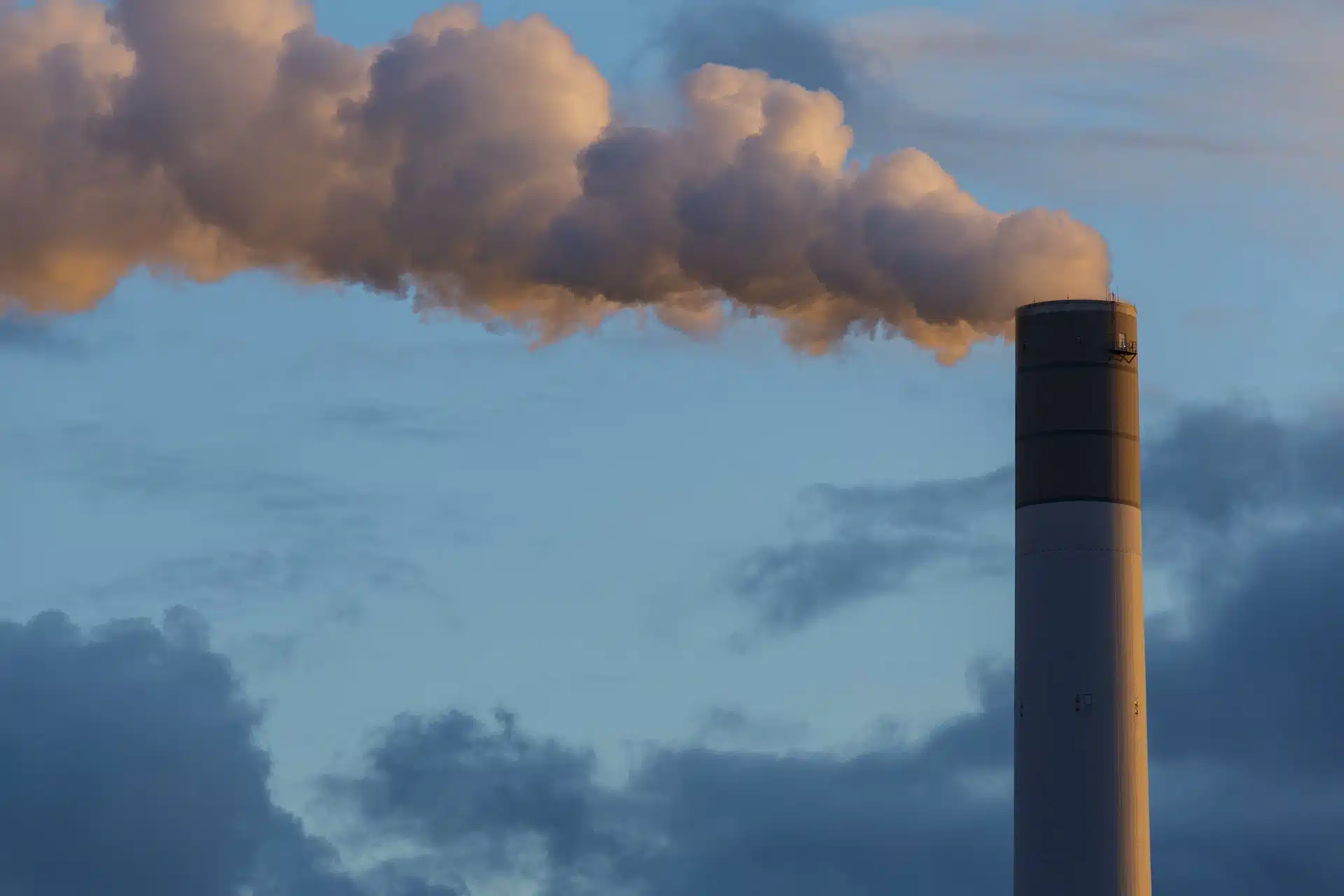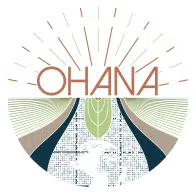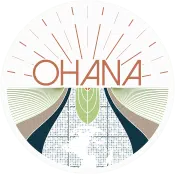
Understanding the EU Carbon Removal Certification Framework
If there was still any argument about the reality of global warming, the summer of 2022 might have just managed to settle it. Confirmed as the warmest summer in the region’s history, the record-breaking temperatures experienced last year have likely made climate change a tangible issue for Europeans across the block and an even more urgent matter for legislators.
Aware of the major gap between the EU’s current GHG emission levels and its bold 2050 climate neutrality goal, the European Commission has recently proposed a one-of-a-kind certification framework to both incentivise and regulate carbon removal initiatives within the Union.
In this article, we will offer you an overview of the EU Carbon Removal Certification Framework (CRCF) proposal, discussing its relevance, main objectives and what it could mean for European organisations from all sectors of the economy.
Want someone with deep experience and connections in the EU to help guide your sustainability strategy? Get in touch!
EU Carbon Removal Certification Framework: an overview of the proposal
In the words of the European Commission, the EU Carbon Removal Certification Framework “is the first EU-wide voluntary framework to reliably certify high-quality carbon removals”.
Contextualising the proposal, the institution explains that, since it’s not possible to completely eliminate carbon emissions, the vision of a climate-neutral EU, outlined in the European Green Deal, can only be achieved by coupling lower emission levels with effective CO2 removal initiatives.
Through this innovative system, the Union is expecting to reward land managers for carbon sequestration activities performed in full observation of environmental principles, while also creating an internal market for capturing, using, storing, and transporting CO2.
CRCF Objectives
Published in late November, the regulation has been developed with five core objectives in mind:
- To boost the deployment of verifiable, high-quality carbon removal initiatives;
- To guarantee the EU’s ability to measure, track, and verify carbon removals;
- To promote the adoption of efficient carbon removal solutions among industries, farmers, and foresters;
- To combat greenwashing and elevate confidence levels by prioritising high-quality and trustworthy carbon removal initiatives;
- To encourage the development of diverse financing options based on results, whether from private or public sources.
How the CRCF will work: eligibility and certification criteria
The following options are mentioned as types of carbon removal and storage which can be certified under the framework:
- Carbon farming, such as restoring forests, soils, and management of wetlands and peatlands
- Permanent storage, such as bioenergy with carbon capture and storage, or direct air carbon capture and storage
- Carbon storage in long-lasting products and materials such as wood-based construction
Other initiatives, such as the Capture of fossil Carbon for Storage (CCS) and the Capture of fossil Carbon for Utilisation (CCU) however, are specified in the document as ineligible for certification. According to the Commission, while these initiatives do help to recycle or store new carbon emissions, preventing them from adding to the CO2 already found in the atmosphere, they are not, in fact, removing carbon from the atmosphere.
Certification criteria
Apart from adhering to the eligible removal or storage methods, only activities meeting strict quality criteria can become certified. This means that operators will also need to ensure that their carbon-fighting initiatives perform well against all four standards stated below to be rewarded for their efforts.
- Carbon removal activities must be measured accurately and deliver unambiguous benefits for the climate.
- Carbon removal activities must go beyond standard practices and what is legally required.
- Certificates clearly account for the duration of carbon storage and distinguish permanent storage from temporary storage.
- Carbon removal activities must support sustainability objectives such as climate change mitigation and adaptation, water and marine resources, biodiversity, and circular economy.
Who is the framework relevant to?
In addition to being a fundamental part of EU Climate Policy, the Carbon Removal Certification Framework is anticipated to be a relevant opportunity for operators from all sectors of the European economy, be it for its potential direct financial benefits, or the creation of new strategic opportunities.
Under the proposal’s broad scope, businesses, foresters, farmers and many other stakeholders are expected to benefit from turning high-quality carbon removal initiatives into valuable credits. CO2 credit owners can profit by selling said credits within the established voluntary carbon market, but should also be able to use them to participate in private and public funding schemes.
Additionally, the EU Commission believes that the implementation of the CRCF will result in unique business opportunities for companies involved in developing carbon removal technologies or long-lasting carbon storage products. This will depend on the final agreement of the legislation and the supporting certification methodologies ensuring that the environmental integrity of certifying carbon removals are maintained.
What’s next for the CRCF proposal?
As per the ordinary legislative procedure, the Carbon Removal Certification Framework proposal will now undergo a discussion between the European Parliament and the Council.
Next, the EU Commission will be assisted by subject matter experts in developing the appropriate certification methodologies, using the outlined criteria. Once certification processes have been established, operators interested in participating will be able to join the scheme. Each participant will have its carbon removal activities assessed by a third-party entity, and if considered up to standard, the initiative gets certified. To ensure high transparency levels, after certification, all removal activities performed are not only monitored and recorded but will also be made public via a dedicated registry.
Despite being a voluntary scheme, if we consider the sheer size of the EU economy’s current contribution to global GHG emissions, the Carbon Removal Certification Framework certainly has the potential to be a game-changer in the war against climate change, assuming that environmental integrity is maintained. Europe’s most forward-thinking organisations have certainly already understood its value and started to make changes that support the EU’s climate goals as well as its own business objectives. At the end of the day, any operator looking to remain competitive in the European market should prioritise the development of high-quality sustainability strategies, and must not miss the opportunities offered by upcoming policies, such as the CRCF.
Want someone with deep experience and connections in the EU to help guide your sustainability strategy? Get in touch!
Join our newsletter to keep up to date with the latest news and information coming out of the EU.


